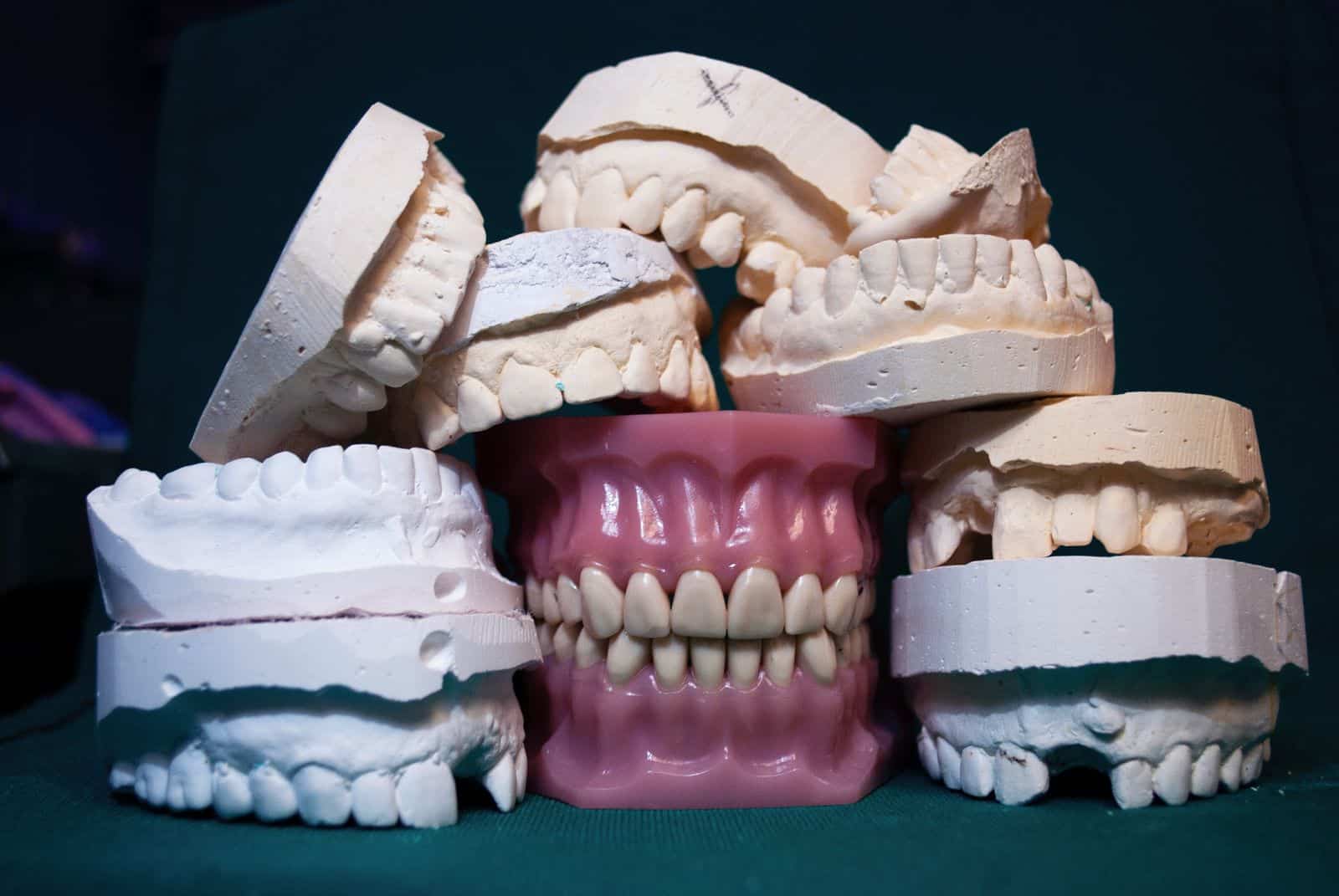
Artificial teeth date back thousands of years. Early civilizations crafted replacements using bone, ivory, or seashells. These were often tied to adjacent teeth with thread or metal. Function was limited, and comfort was poor. Still, these primitive solutions marked the beginning of prosthetic thinking. Over time, techniques evolved, driven by both need and experimentation. Ancient methods reveal the universal importance of dental appearance and function.
Gold and ivory became common in wealthier societies seeking both durability and aesthetics
As materials advanced, so did expectations. Gold teeth were popular among wealthy individuals. Ivory offered a closer appearance to natural enamel. These options still lacked integration with the jaw. Dentures were often removable, bulky, and unstable. Nonetheless, they represented a significant leap forward in both hygiene and self-image. Dentistry was becoming more than survival—it was entering the realm of craftsmanship and design.
Animal teeth and human donations formed part of early denture fabrication methods
In some cases, animal teeth were used to fill gaps. Others relied on teeth from deceased humans. These were attached to carved bases, usually made of ivory or metal. Such dentures were fragile and often rejected by the body. Ethical concerns later influenced a move away from human-sourced materials. The desire for realism remained, even if function was still lacking. These early dentures highlighted the tension between form and performance.
Porcelain introduced a more lifelike appearance but brought risks of fragility and fracture
The 18th century saw the introduction of porcelain. This material offered a dramatic improvement in realism. Porcelain teeth could be shaped and glazed to resemble natural enamel. They became popular in Europe and America. However, porcelain proved brittle under pressure. Cracking was common during eating or cleaning. Dentists began to explore alternatives that could balance realism with resilience. Porcelain still influenced modern expectations of dental aesthetics.
Rubber-based materials provided flexibility and allowed for better-fitting full dentures
Vulcanized rubber arrived in the 19th century. It revolutionized denture bases by adding flexibility and affordability. This material could be molded to fit the gums precisely. It replaced ivory in many regions. Patients experienced fewer sores and improved comfort. Though rubber darkened over time, its impact was significant. It made full dentures accessible to wider populations. This era marked a shift toward mass availability.
Acrylic resins replaced earlier bases, offering lighter and more durable solutions
By the 20th century, acrylic entered the scene. Acrylic resins replaced rubber for many applications. They were lighter, less toxic, and easier to color-match. Dentures became more lifelike and comfortable. Acrylic also allowed for better retention and stability. Innovations in polymer science expanded the range of possibilities. Prosthetics began to blend with natural structures more successfully. This development paved the way for greater integration.
Implants introduced anchorage by bonding directly with the patient’s jawbone
A breakthrough came with osseointegration. Titanium implants could fuse with bone tissue. This provided fixed support for artificial teeth. Patients no longer needed to remove prosthetics at night. Chewing strength increased significantly. Implants transformed the field from removable appliances to permanent replacements. For many, this meant restored confidence and improved nutrition. Surgical techniques evolved quickly to match growing demand.
Computer-aided design changed how crowns, bridges, and dentures are produced
Digital tools reshaped dental prosthetics. CAD/CAM technology allowed precise customization. Scans replaced messy impressions. Machines milled crowns within minutes. Dentists could now design smiles with accuracy that manual methods lacked. Materials improved too—zirconia and hybrid ceramics entered use. The lab-to-chair time shortened. Patient visits became fewer, and outcomes more predictable. Technology raised both expectations and standards in modern practice.
Mini-implants emerged as alternatives for patients lacking sufficient bone density
Not everyone qualifies for full implants. Mini-implants offered new hope. These smaller versions require less bone and heal faster. Often placed without incisions, they reduce discomfort and cost. They work well for supporting dentures in older patients. Though not as stable as full implants, they offer meaningful improvement. This option widened access for those previously excluded from advanced treatments.
Future developments may include biocompatible materials that grow with natural bone
The future promises regenerative breakthroughs. Research now explores biomaterials that stimulate bone growth. These materials could integrate more deeply with existing structures. Some projects aim to print replacement teeth using stem cells. Others develop sensors within prosthetics to monitor wear or detect infection. Artificial teeth may one day adapt over time, reshaping in response to the body. The boundary between natural and synthetic continues to blur.
Source: Best Prosthodontist Specialist in Dubai / Best Prosthodontist Specialist in Abu Dhabi
